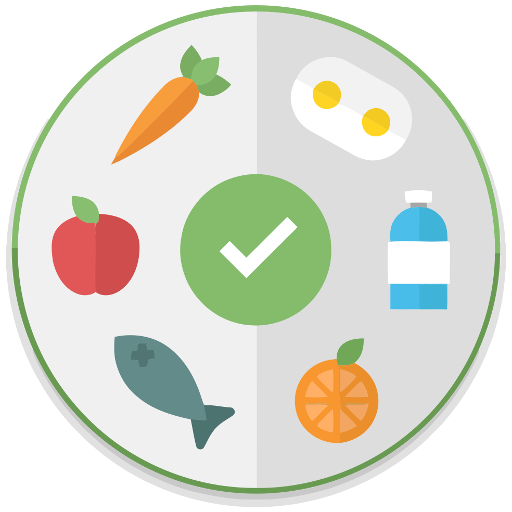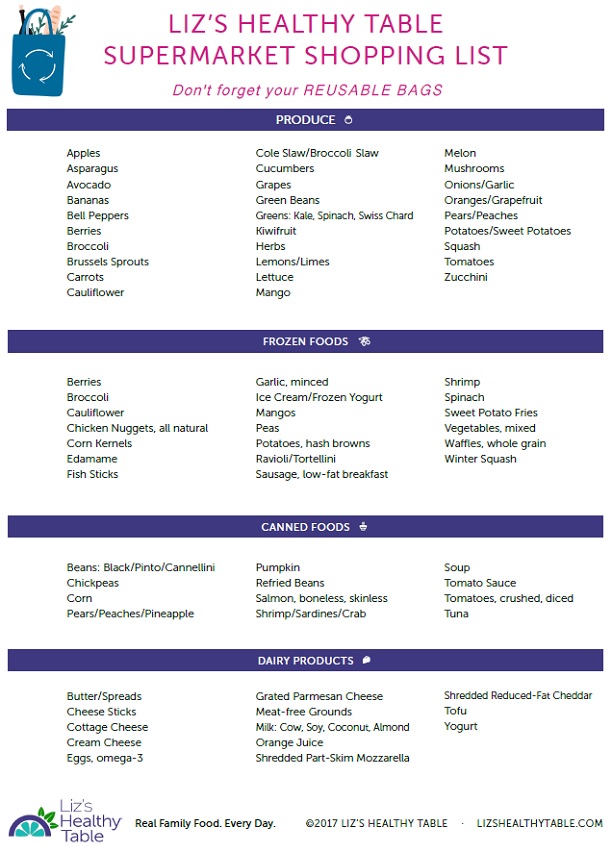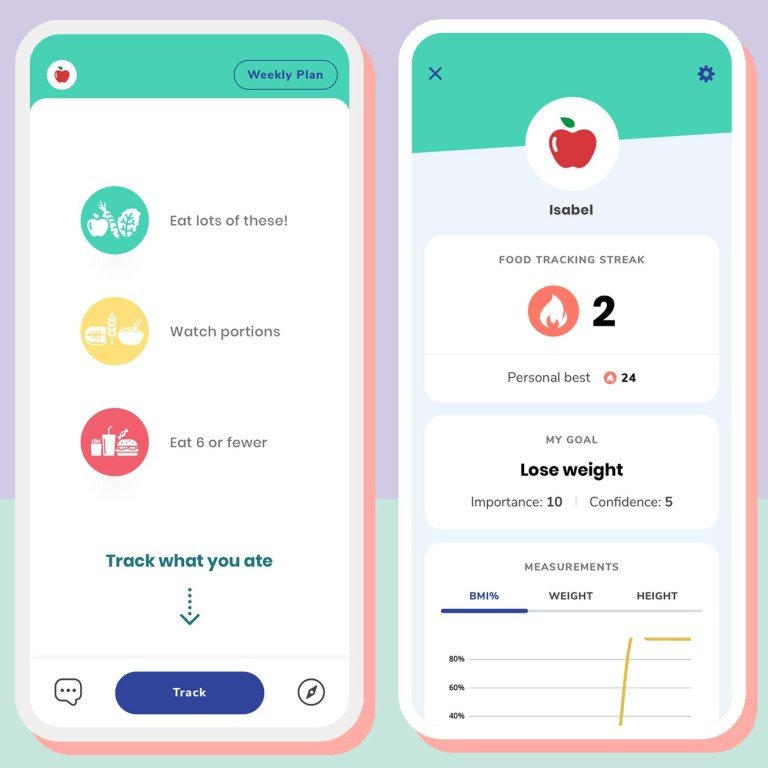
DASH is an ideal diet for those who want to lose weight or stay fit. This new diet follows the Mediterranean diet. It is full of healthy fats. While it is easily adaptable by most people, it can prove difficult for those who rely heavily on red meat or depend on fast foods. People who are having difficulty adapting to a new lifestyle may not find it a good choice because it is high in fats and low in sodium.
The American Heart Association says that this diet isn't just for those with high blood pressure. While it can help you control your hypertension, it is also linked to a lower risk of heart disease. It includes vegetables, fruits, and lean meats rich in fiber. It's also low in sugar and fat. It can prevent cardiovascular disease. This is why it should be followed. The DASH diet helps you lose weight, and keep your body in good shape.

DASH advocates eating whole grains more. Many of these foods are high in fiber. Adults should consume between 25- 30 grams of fiber each day, according to Dietary Guidelines for Adults. This diet recommends that you eat at least 30 grams of fiber every day, which is higher than the recommended amount of fiber for a 2,000-calorie diet. The DASH diet is not for everyone.
Changes in your diet are important if you suffer from high blood pressure. You can lower your blood pressure by changing your diet to include more fruits, vegetables, and hypertension. You can also add some spice to your meals using herbs and spices. Don't forget to include whole grains in your diet. This includes brown rice as well as oats and brown pasta.
Although the DASH diet sounds like a great option for those with high blood pressure it is not suitable for all. It has several drawbacks. While it won't reduce blood pressure, it will help you shed weight and live a healthier lifestyle. For people with hypertension, the DASH lifestyle is recommended. It may look similar to the Mediterranean diet but it offers many benefits.

DASH diet is moderately low in fat. This could be a great way for you to stick with your diet for a while. Although it can be challenging for some, DASH diets can be beneficial to people with high blood pressure. It is also helpful for those with diabetes who have a history of high blood pressure. The DASH diet should not be used by people with high bloodpressure. However, it is a healthy way for weight loss and to keep it off.
FAQ
These are the 7 secrets to a healthy life.
-
Make sure you eat right
-
Exercise regularly
-
Good sleep
-
Get plenty of water.
-
Get enough rest
-
Be happy
-
Smile often
Exercise: Good or Bad for Immunity?
Exercise is good exercise for your immune system. Exercise increases white blood cell production, which helps fight off infection. Your body also eliminates toxins. Exercise can prevent diseases such as cancer and heart disease. It reduces stress.
However, exercising too much can weaken your immune system. Exercising too hard can make your muscles sore. This can cause inflammation and swelling. Your body then has to produce more antibodies to fight off infection. Problem is, extra antibodies can trigger allergies and other autoimmune conditions.
So, don't overdo it!
What is the difference among a virus or a bacterium and what are their differences?
A virus is a microscopic organism that cannot reproduce outside its host cell. A bacterium can be described as a single-celled organism which reproduces by splitting in two. Viruses measure only 20 nanometers in diameter, but bacteria is up to 1 millimeter in size.
Viruses can be spread by contact with bodily fluids containing infected substances, such as saliva, urine and semen. Bacteria are often spread via direct contact with contaminated surfaces or objects.
Viral infections can be transmitted through skin cuts, scrapes and bites. They can also be transmitted through the eyes, nose, mouth, ears, rectum, and anus.
Bacteria can enter our bodies through wounds, cuts, scrapes, burns, insect stings, or other breaks in our skin. They may also be introduced into our bodies through food and water as well as soil, dirt, dust, and animals.
Both viruses and bacteria can cause illness. Viruses can not multiply within the host. They can only infect living cells and cause illness.
Bacteria can spread within the host and cause illness. They can even invade other parts of the body. Antibiotics are needed to eliminate them.
Statistics
- WHO recommends reducing saturated fats to less than 10% of total energy intake; reducing trans-fats to less than 1% of total energy intake; and replacing both saturated fats and trans-fats to unsaturated fats. (who.int)
- According to the Physical Activity Guidelines for Americans, we should strive for at least 150 minutes of moderate intensity activity each week (54Trusted Source Smoking, harmful use of drugs, and alcohol abuse can all seriously negatively affect your health. (healthline.com)
- WHO recommends consuming less than 5% of total energy intake for additional health benefits. (who.int)
- According to the 2020 Dietary Guidelines for Americans, a balanced diet high in fruits and vegetables, lean protein, low-fat dairy and whole grains is needed for optimal energy. (mayoclinichealthsystem.org)
External Links
How To
What does "vitamin" actually mean?
Vitamins are organic compounds that can be found in foods. Vitamins allow us to absorb nutrients from food. The body cannot make vitamins; therefore, they must be obtained from food.
There are two types of vitamins: water soluble and fat soluble. Water-soluble vitamins dissolve readily in water. These include vitamin C (thiamine), Vitamin B1 (riboflavin), Vitamin B2 (riboflavin), Vitamin B3 (niacin), Vitamin B6 (pyridoxine), Vitamin C, B1 (thiamine), Vitamin B2 (riboflavin), Vitamin B3 (niacin), and Vitamin B6 (pyridoxine). Fat soluble vitamins are stored in the liver and fatty tissue. Vitamin D, E, K and A are some examples.
Vitamins can be classified by their biological activity. There are eight major categories of vitamins.
-
A – Essential for normal growth, and the maintenance of good health.
-
C is important for nerve function and energy production.
-
D - Vital for healthy bones and teeth
-
E - Required for good vision & reproduction
-
K - required for healthy muscles and nerves.
-
P - Essential for strong bones and teeth.
-
Q - Aids in digestion and absorption.
-
R is required for the production of red blood cells.
The recommended daily allowance for vitamins (RDA) varies based on gender, age, and physical conditions. The U.S. Food and Drug Administration has established the RDA values.
For adults over 19, the RDA for vitaminA is 400 micrograms per daily. Because it is essential for the development of the fetus, pregnant women should consume 600 micrograms per daily. Children ages 1-8 require 900 micrograms per day. Infants under one year of age require 700 micrograms per day, but this amount decreases to 500 micrograms per day between 9 months and 12 months of age.
Children ages 1-18years who are obese need 800 micrograms per day while those who are overweight need 1000 micrograms per day and children who are underweight need 1200 micrograms per day to meet their nutritional needs.
Children aged 4-8 years old who have been diagnosed as having anemia require 2200 micrograms of vitamin C per day.
2000 micrograms are required daily for good health in adults over 50. Mothers who are pregnant, nursing, or have a high nutrient need will require 3000 micrograms a day.
1500 micrograms is the recommended daily intake for adults aged 70+, who lose approximately 10% of muscle each year.
Women who are pregnant and lactating need more nutrients than the RDA. Pregnant women require 4000 micrograms daily during pregnancy, and 2500 micrograms every day after birth. Breastfeeding mothers need 5000 mg per day when breastmilk is being produced.